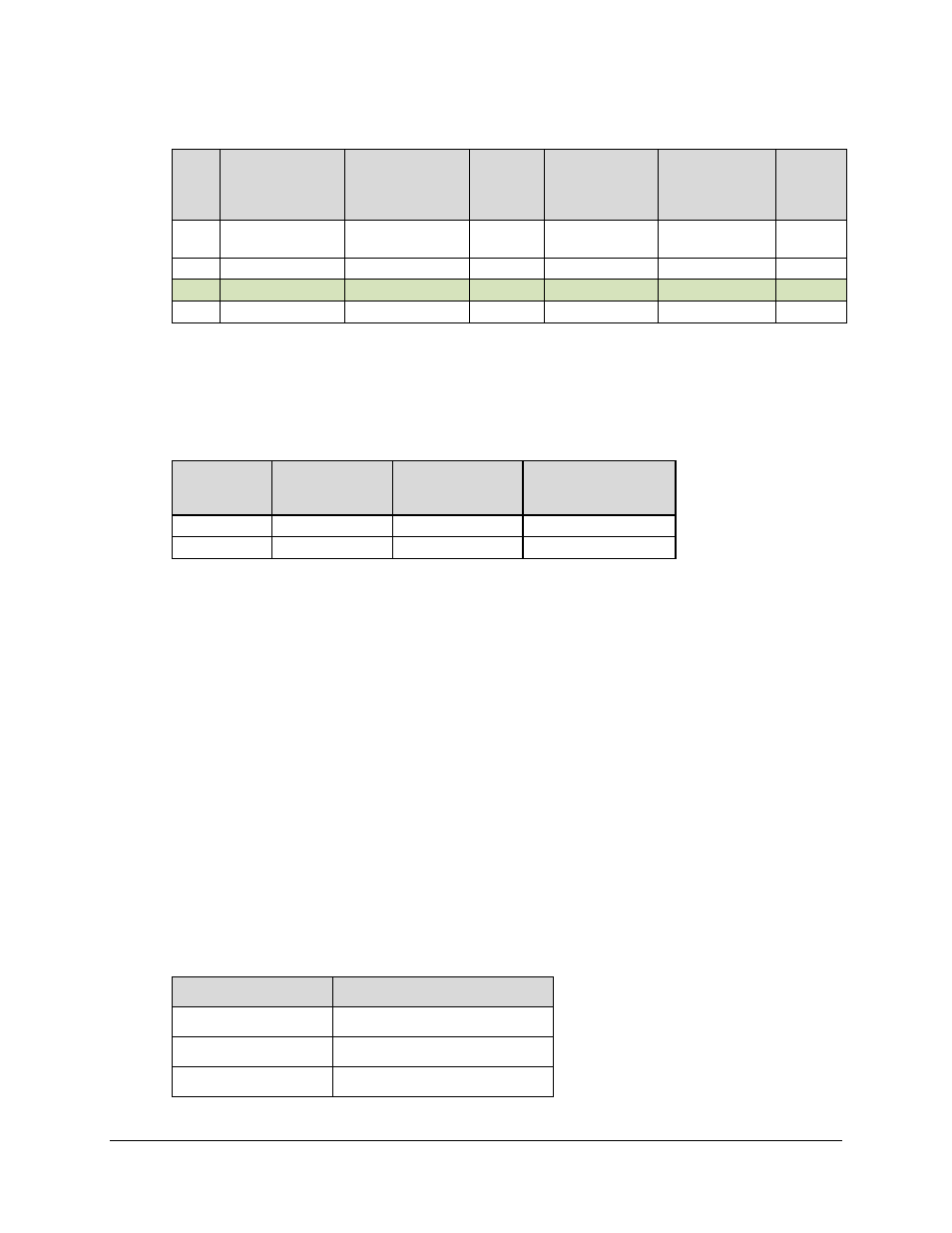2 asymmetric data rate link – Comtech EF Data DMD-2050E User Manual
Page 81

DMD2050E Universal Satellite Modem
Theory of Operation
MN-DMD2050E Revision 2
3–39
The link budget summary for the different MODCOD combinations is as follows:
S.
No.
Modulation & FEC
Allocated BW
(MHz)
PEB
(MHz)
Leased BW
(MHz)
Savings
Compared
to Original
PSD
Ratio
(dB)
1
8-QAM, LDPC
2/3
0.3584
1.1468
1.1468
-20%
2.1
2
QPSK, LDPC 3/4
0.47785
0.6734
0.6734
30%
2.1
3
QPSK, LDPC 2/3
0.53735
0.5777
0.5777
40%
2.1
4
QPSK, LDPC 1/2
0.7168
0.5184
0.7168
25%
2.1
Based on this analysis, QPSK, LDPC 2/3 with Carrier-in-Carrier provides the maximum savings of
40%.
In addition to 40% reduction in Leased Bandwidth, using Carrier-in-Carrier also reduced the
required HPA Power by almost 40%:
HPA Power
Traditional Link
(QPSK, TPC 3/4)
CnC Link
(QPSK, LDPC 2/3)
HPA Power Reduction
HPA @ 4.6 m
0.7 W
0.5 W
40%
HPA @ 2.4 m
1.5 W
1.1 W
36%
3.11.9.2 Asymmetric Data Rate Link
As occupied (or allocated) bandwidth of a Carrier-in-Carrier circuit is dictated by the larger of the
two carriers, it is strongly recommended that the smaller carrier be spread as much as possible
using a lower order modulation and/or FEC, while meeting the PSD ratio spec. Spreading the
smaller carrier using a lower order modulation has multiple benefits:
•
Lower order modulation is always more robust;
•
Lower order modulation uses less transponder power – this reduces total transponder, and
increases available link margin;
•
Lower order modulation uses less transmit power on the ground – this can significantly
reduce the BUC/SSPA size by not only reducing the transmit EIRP, but also reducing the
BUC/SSPA backoff
Consider the following example:
Satellite & Transponder IS-901 @ 342º W, 22/22 (EH/EH)
Earth Station 1
Africa – 4.5 m
Earth Station 2
Africa – 3.0 m
Data Rate
3000 Mbps / 1000 Mbps
